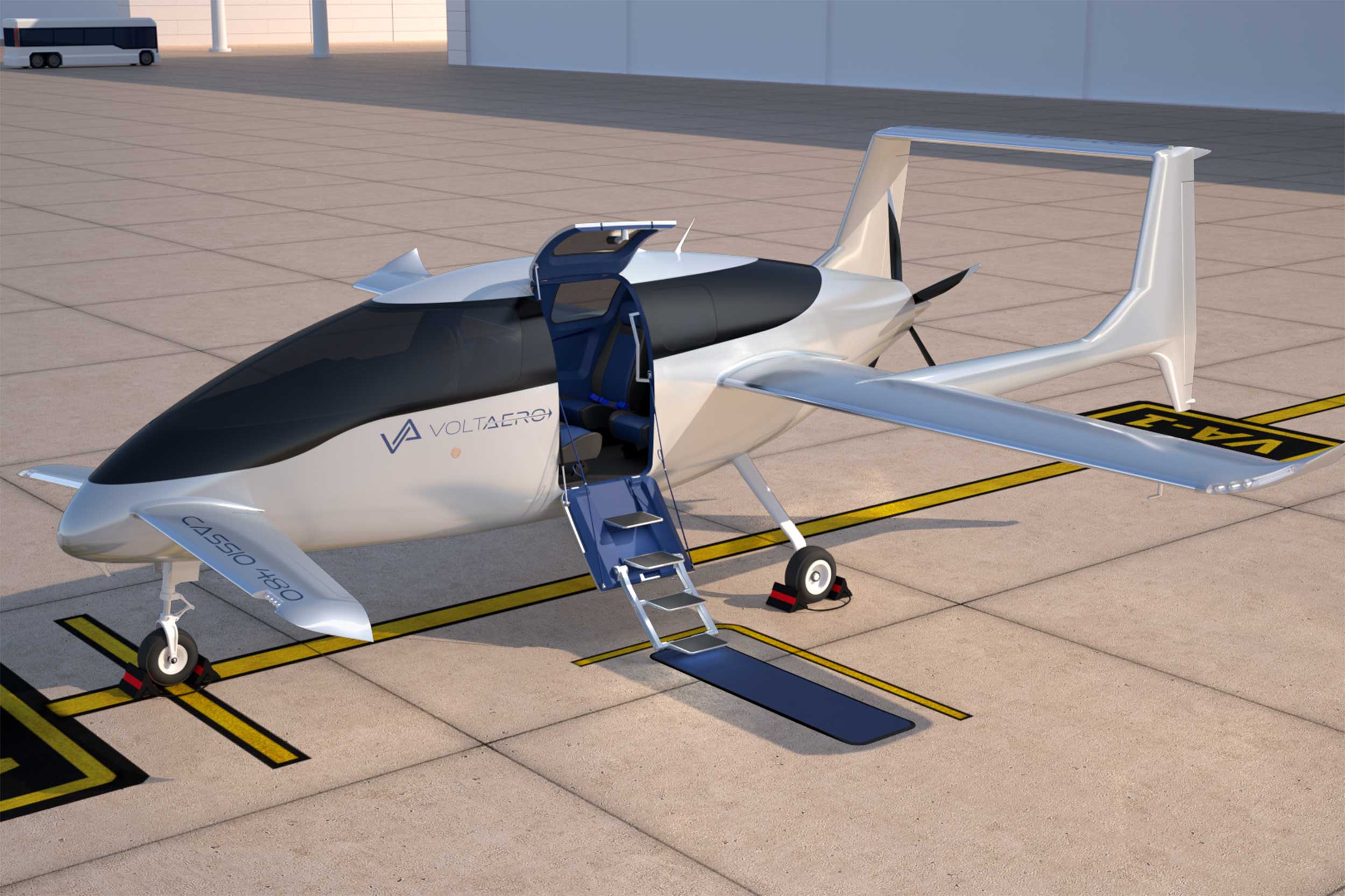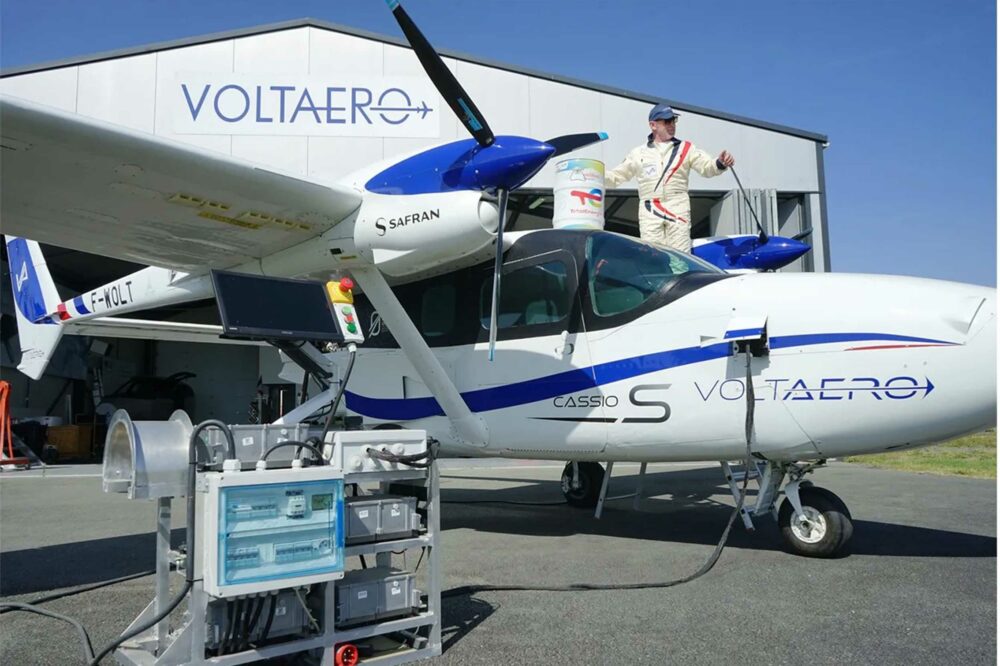High-octane avgas made from the leftovers from wine-making has powered a flight made by French company VoltAero’s Cassio S electric-hybrid test aircraft.
Oil giant TotalEnergies has developed Excellium Racing 100 fuel made from bioethanol produced from waste that originates in French vineyards.
“Based on initial results, we calculated a truly impressive CO2 reduction of approximately 80 percent while operating the Cassio powertrain in its electric-hybrid mode and with the internal combustion engine fueled by TotalEnergies’ Excellium Racing 100,” said Jean Botti, VoltAero CEO and Chief Technology Officer.
“It underscores the opportunity for production Cassio aircraft to represent a major step closer to aviation’s decarbonisation goals by replacing standard avgas 100 high-octane fuel for aviation piston engines.”

Inforgraphic: TotalEnergies Excellium 100 avgas made from wine waste
Excellium Racing 100 fuel has been used since 2022 in certain motor racing competitions, including the Le Mans 24-hour endurance sports car race. It is made from winemaking waste, and allows a reduction in CO2 emissions of at least 65% over its entire life cycle when compared with the fossil fuel equivalent.
VoltAero electric-hybrid Cassio

VoltAero’s Cassio 480 electric-hybrid aircraft
VoltAero’s production Cassio aircraft will use an electric motor in the aft fuselage-mounted hybrid propulsion unit for all-electric power during taxi, takeoff, primary flight (if the distance traveled is less than 150km) and landing.
The hybrid feature – with an internal combustion engine – comes into play as a range extender, recharging the batteries while in flight. Additionally, this hybrid element serves as a backup in the event of a problem with the electric propulsion, ensuring true fail-safe functionality.
VoltAero’s first production aircraft will be the Cassio 330, with a four/five-seat interior configuration and operating on a combined electric-hybrid propulsion power of 330 kilowatts. It is to be followed by the six-seat Cassio 480 with a combined electric-hybrid propulsion power of 480 kilowatts, and the Cassio 600 – sized at a 10/12-seat capacity with electric-hybrid propulsion power of 600 kilowatts.
VoltAero














